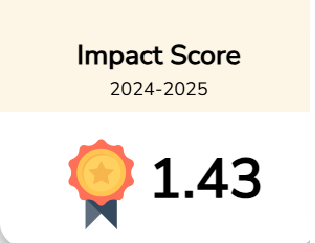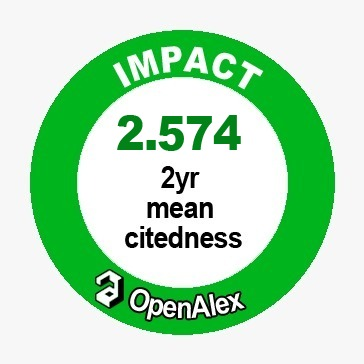Financial inclusion strategy to increase the income of micro, small and medium enterprises through business credit in Indonesia
Downloads
Purpose: This study aims to analyze the financial inclusion strategy carried out by the government to help MSMEs improve their competitiveness. Financial inclusion as a dependent variable uses three dimensions, namely the usage dimension, the access dimension and the quality dimension.
Design/Methodology/Approach: This study uses MSMEs credit as a mediation variable. The sample studied was 61 MSMEs in the special region of Yogyakarta, Indonesia. The data analysis tool uses a path analysis model processed with Smart-PLS.
Findings: The results showed that the usage dimension has a significant positive effect on business credit while the access and quality dimensions do not affect business credit. Business credit has a significant and positive effect on increasing the income of MSMEs and mediate the usage dimensions to increase the income of MSMEs. Business credit is unable to mediate the access dimension and the quality dimension to increase the income of MSMEs.
Conclusion: The lack of optimization of the use of banking products by MSMEs is a factor that needs to be considered so that MSMEs can develop with the support of financial inclusion.
Research Limitation: There is no integrated MSME data, so we cannot see the condition of MSMEs in Yogyakarta Indonesia as a whole.
Practical Implications: The government must play an active role in addressing financial inclusion and financial literacy in MSMEs before facilitating the credit application process. MSMEs need to be taught about business productivity and how to manage finances.
Contribution to the Literature: This research can be used as a reference for future researchers.





